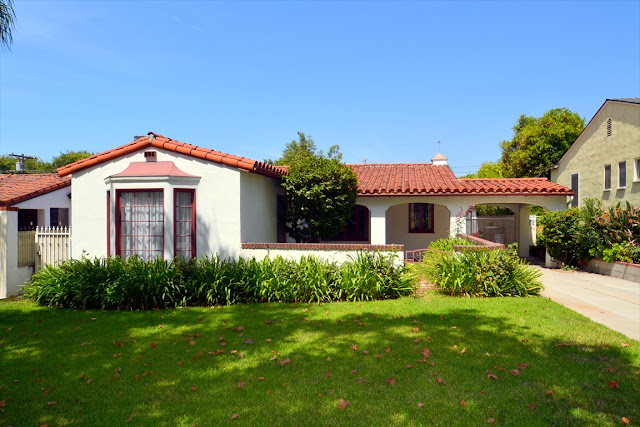Heritage And Urban DESIGN (The Future of The Past) Page 7
The economic objectives of urban conservation, as of any other human activity, have been impacting heavily on urban conservation projects during the last 20 years or so. Cultural tourism has become the major Source of finance for costly urban conservation projects and a major determinant of their form and methodologies. This economic impact of cultural tourism directed the methodologies of urban designers to create place to attract tourists. Both urban designers and city administrators became interested in the concept of genus loci, the power of place. The spin-off was the other urban phenomena that reflected a 'personality and identity of the place. Having a historical identity in urban conservation became desirable and capable of attracting tourists to the place through honesty and authenticity. The physical and historic identity of an urban area may stem from its Streets, its urban mass and its overall urban character.
The concepts are simple. The urban conservators/ designers need to develop the meaning and function of the place so that it becomes comprehensible to the public. This meaning might be economic, cultural, social or political, with a definite heritage bias. If such meaning coincides with the choice of an authentic place to start with, a successful urban conservation intervention may result.
Successful urban intervention depends upon achieving a constructive relationship between regulatory policy, financial feasibility, the design approach and relevant context Regulatory policy cannot be ignored, for legal reasons. Financial feasibility shall ensure the commercial Success of a project and thus it's potential to form a sustainable and sustained economic contribution. If the design approach is wrong, duite simply, the project objectives will not be met and the Quality of the delivered project shall be poor. Not responding to the local context shall render the project generic.
This implies that While the project may be easily replicable, it offers nothing to the local and thus is in no way unidue. Such projects, in turn, do not often succeed financially or gather community support.
(Continues...)




Comments
Post a Comment